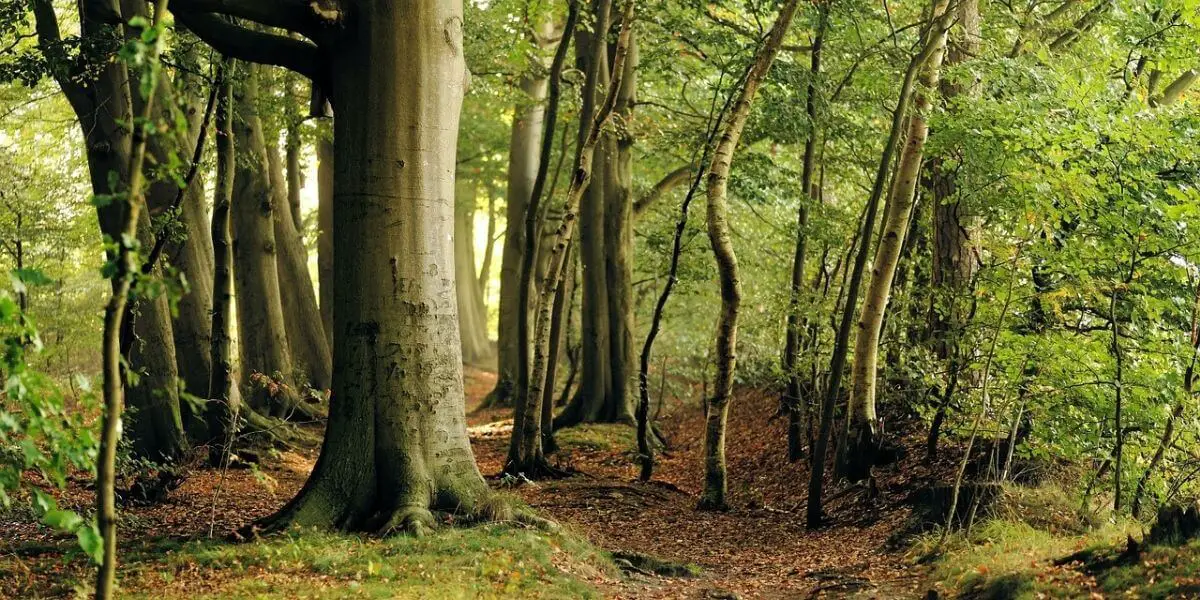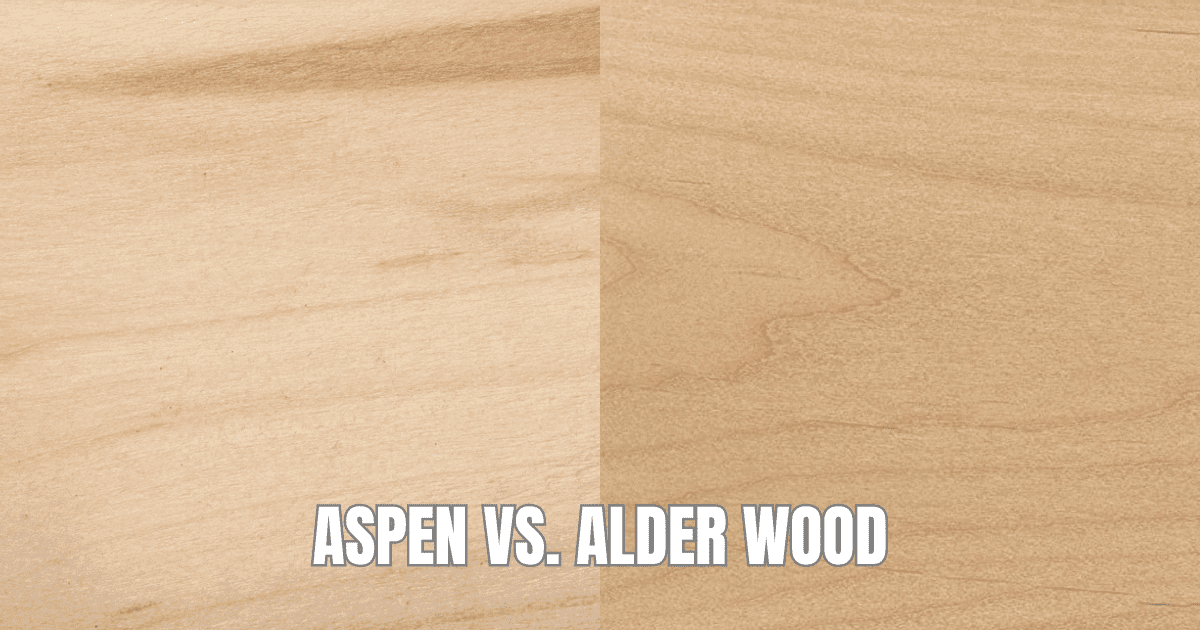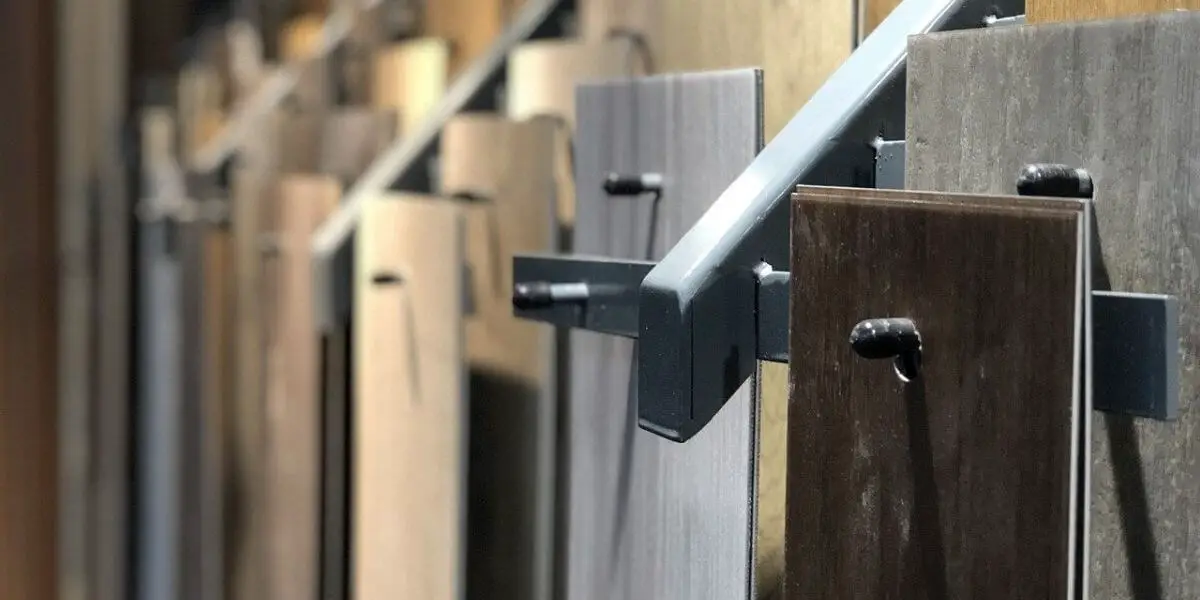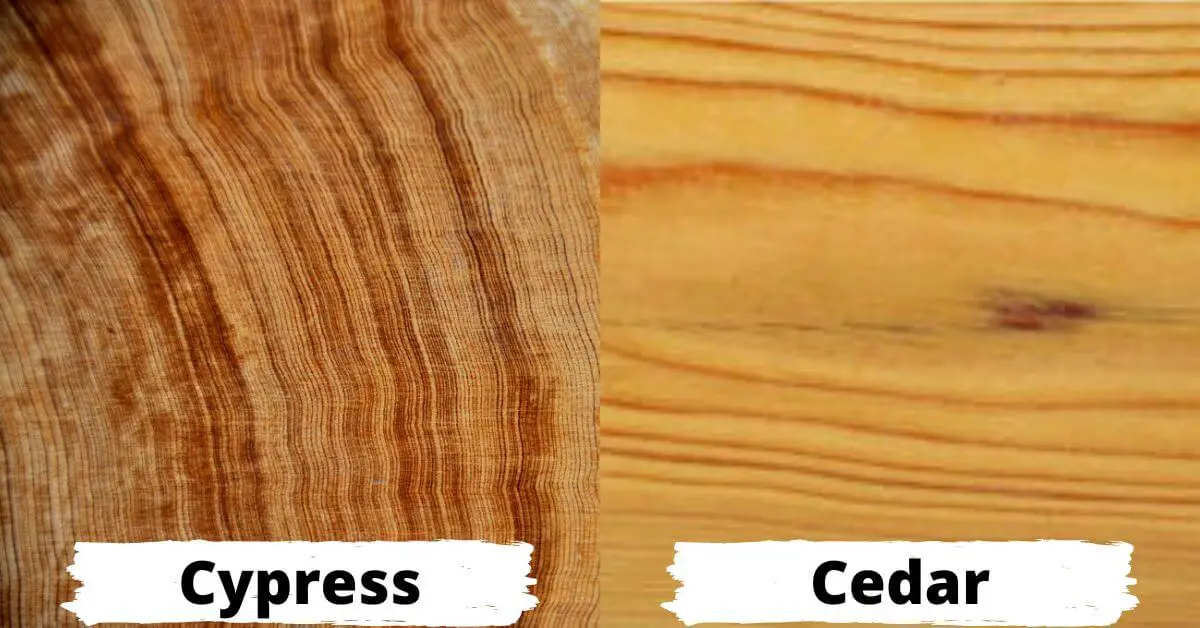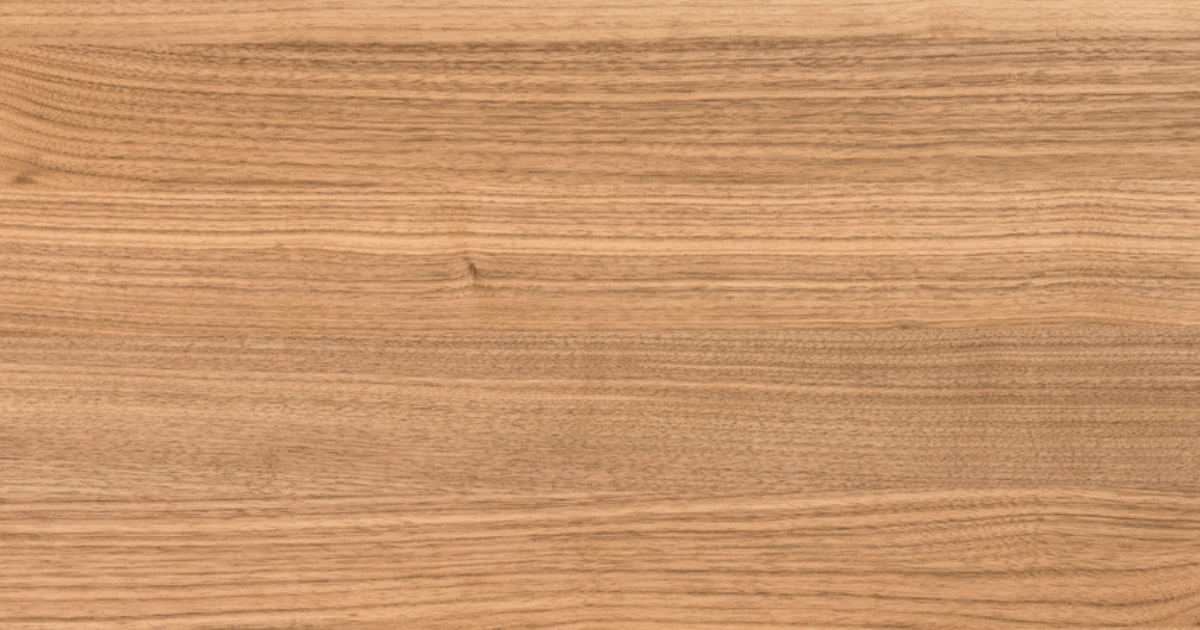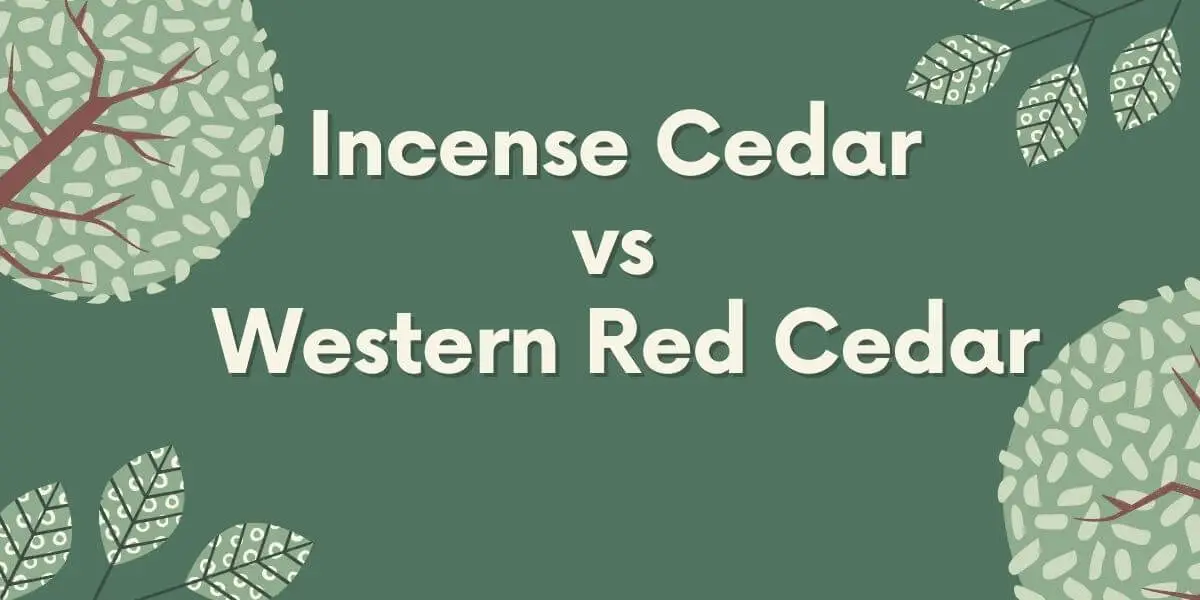Beech Wood Properties | Its Advantages and Disadvantages
What is Beech Wood? Beech is very hard, strong, durable, and straight-grained wood. It has good strength properties and is often used for making furniture and cabinetry. Beech Wood is one of the hardest wood species and comes from deciduous plants. It has long been used to make railroad tracks. Beech is native to Europe, … Read more

